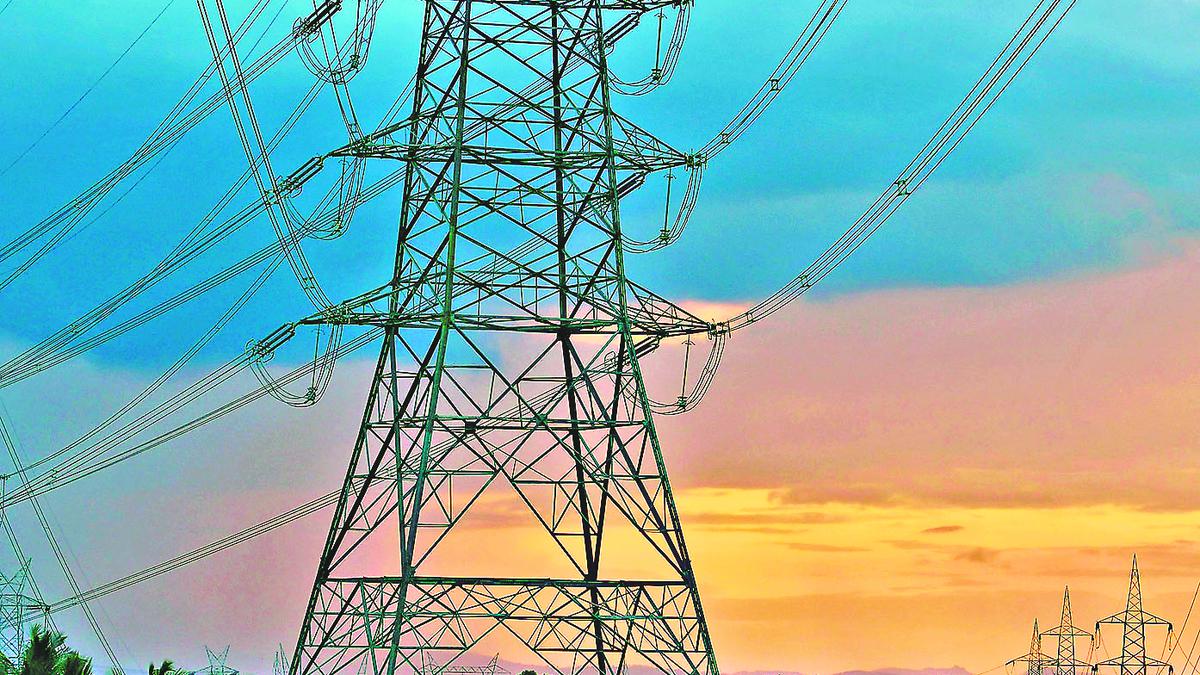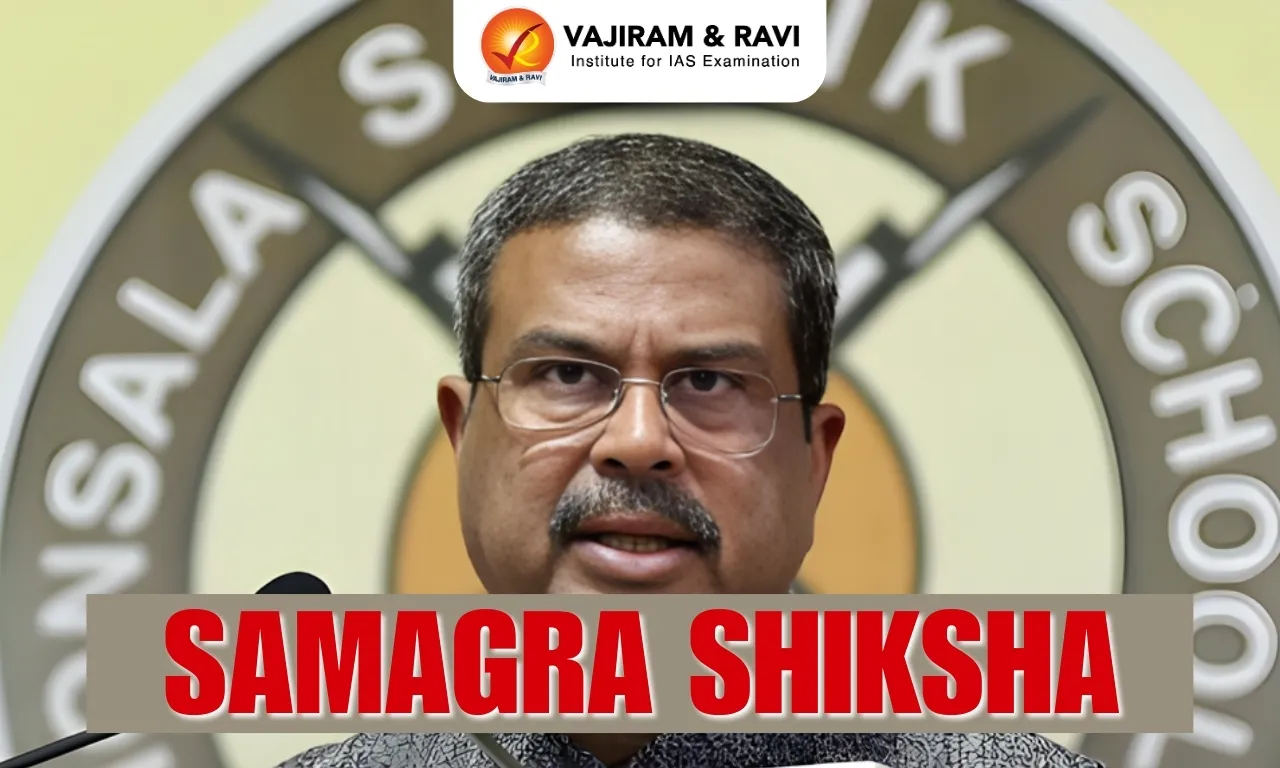What’s in today’s article?
- Why in News?
- About Central Electricity Regulatory Commission (CERC)
- Power Exchanges in India
- What will be the Advantages of Coupling the Exchanges?
Why in News?
- The Ministry of Power has asked the Central Electricity Regulatory Authority (CERC) to initiate the process of coupling multiple power exchanges.
About Central Electricity Regulatory Commission (CERC):
- CERC – a key regulator of the power sector in India, is a statutory body functioning with quasi-judicial status under the Electricity Act 2003.
- It was initially constituted in 1998 under the Ministry of Power’s Electricity Regulatory Commissions Act, 1998 for –
- Rationalisation of electricity tariffs,
- Transparent policies regarding subsidies,
- Promotion of efficient and environmentally benign policies, and
- Matters connected Electricity Tariff regulation.
- CERC was instituted primarily to regulate –
- The tariff of Power Generating companies owned or controlled by the government of India, and
- Any other generating company which has a composite scheme for power generation and interstate transmission of energy, including tariffs of generating companies.
- In accordance with the Electricity Act 2003, the CERC is also responsible for development of the power market in India for efficient, transparent and competitive price discovery through power exchanges.
Power Exchanges in India:
- At present India has three power exchanges – Indian Electricity Exchange (IEX), Power Exchange of India (PXIL) and Hindustan Power Exchange (HPX) functioning with guidance from the CERC.
- Indian Electricity Exchange (IEX):
- IEX is approved and regulated by the CERC and has been operating since 2008 and is a publicly listed company with NSE and BSE since 2017.
- It is India’s premier energy marketplace, providing a nationwide automated trading platform for the physical delivery of electricity, renewables, and certificates.
- It is powered by state-of-the-art, intuitive and customer centric technology, enabling efficient price discovery and facilitating the ease of power procurement.
- More recently, IEX has pioneered cross border electricity trade expanding its power market beyond India in an endeavour to create an integrated South Asian Power Market.
- The IEX has the largest market share of 88% in total power trade at multiple exchanges in India.
- Power Exchange India Limited (PXIL):
- It is India’s first institutionally promoted Power Exchange that provides innovative and credible solutions to transform the Indian Power Markets since 2008.
- Both IEX and PXIL have started their real-time market (RTM) trading platforms for electricity transactions in 2020. The real-time market is a platform widely used across the world.
- Hindustan Power Exchange (HPX):
- It is the new age power exchange in the Indian Electricity Market that provides a comprehensive market platform for different electricity products.
- It provides opportunity to market participants to transact in the most equitable and transparent manner through advanced technology and customised value-added services.
What will be the Advantages of Coupling the Exchanges?
- In the present scenario, buyers and sellers at each exchange do trading of electricity and discover spot price separately at these exchanges.
- Market coupling is done to couple different markets operating in different geographies.
- After coupling of exchanges, the price discovery of energy at trading platforms would be uniform, transparent and is expected to bring down power tariffs significantly.
- Government has requested the CERC to initiate the process of consultation and finalisation of coupling.
Q1) What is the Electricity Act 2003?
The act covers major issues involving generation, distribution, transmission and trading in power. The Act delicenses power generation completely (except for all nuclear and hydro-power projects over a certain size).
Q2) What is the Central Electricity Authority (CEA) of India?
It advises the government on policy matters and formulates plans for the development of electricity systems. It is a statutory organisation constituted under the Electricity Supply Act 1948, which has been superseded by the Electricity Act 2003.
Source: Govt asks regulator CERC to begin process for coupling power exchanges
Last updated on January, 2026
→ Check out the latest UPSC Syllabus 2026 here.
→ Join Vajiram & Ravi’s Interview Guidance Programme for expert help to crack your final UPSC stage.
→ UPSC Mains Result 2025 is now out.
→ UPSC Notification 2026 is scheduled to be released on January 14, 2026.
→ UPSC Calendar 2026 has been released.
→ UPSC Prelims 2026 will be conducted on 24th May, 2026 & UPSC Mains 2026 will be conducted on 21st August 2026.
→ The UPSC Selection Process is of 3 stages-Prelims, Mains and Interview.
→ Prepare effectively with Vajiram & Ravi’s UPSC Prelims Test Series 2026 featuring full-length mock tests, detailed solutions, and performance analysis.
→ Enroll in Vajiram & Ravi’s UPSC Mains Test Series 2026 for structured answer writing practice, expert evaluation, and exam-oriented feedback.
→ Join Vajiram & Ravi’s Best UPSC Mentorship Program for personalized guidance, strategy planning, and one-to-one support from experienced mentors.
→ UPSC Result 2024 is released with latest UPSC Marksheet 2024. Check Now!
→ UPSC Toppers List 2024 is released now. Shakti Dubey is UPSC AIR 1 2024 Topper.
→ Also check Best UPSC Coaching in India

















